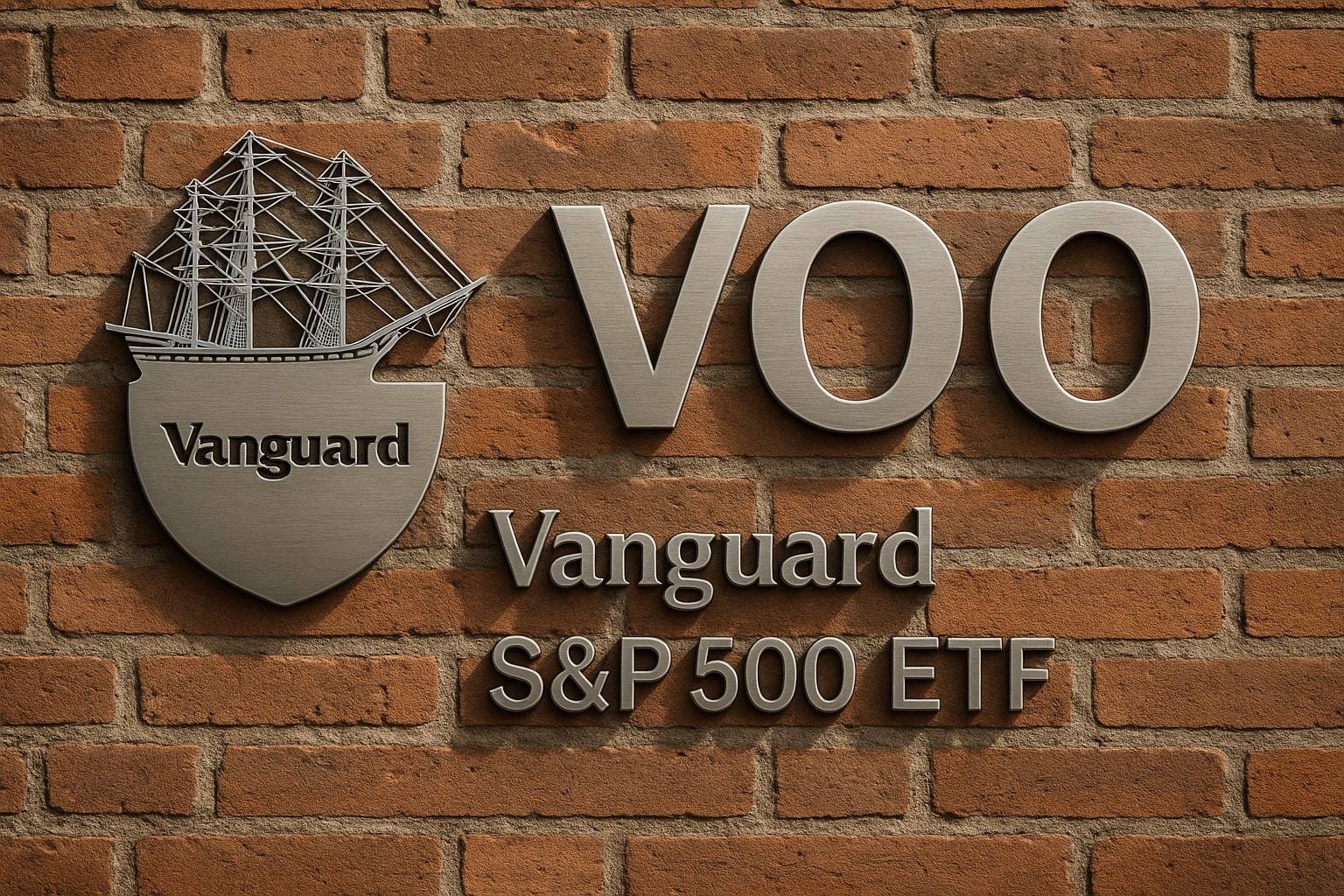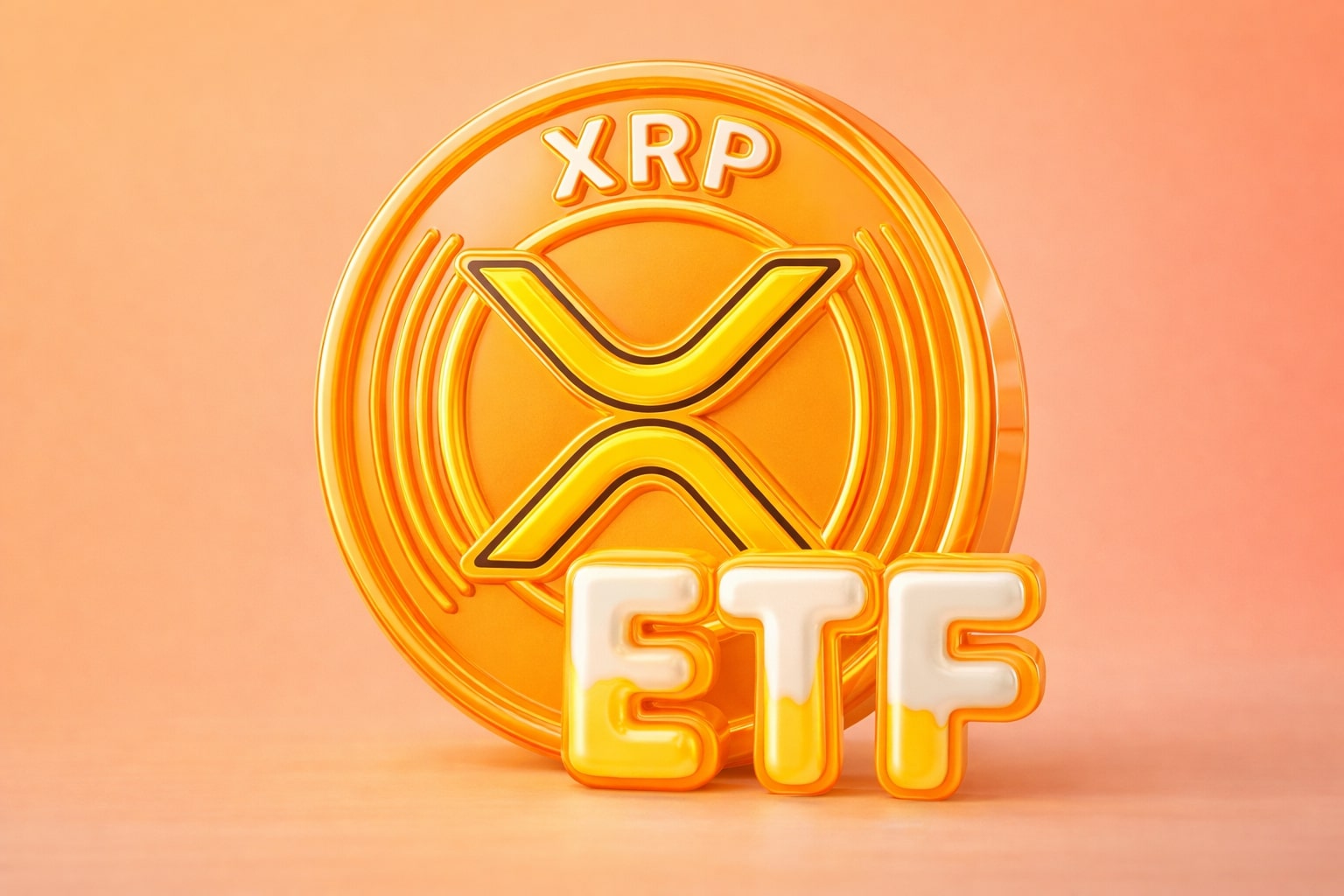
VOO ETF Analysis: Vanguard S&P 500 Faces Inflation, Tariffs, and Fed Cuts
With a 9.4x P/E and 18% one-year gain, VOO remains a Buy as Fed easing and fiscal stimulus fuel U.S. equities | That's TradingNEWS
VOO ETF Performance and Valuation Metrics
The Vanguard S&P 500 ETF (NYSEARCA:VOO) has delivered an 18% total return in the past year, with three-year returns of 78% and five-year gains exceeding 113%. These numbers show strong resilience despite market volatility. Currently, VOO trades at a P/E ratio of 9.4x, compared with an industry average of 27.2x, underscoring relative undervaluation. Independent models suggest a fair value near $949 per share, making the ETF look inexpensive given its long-term performance. A full real-time chart is available here.
Federal Reserve Cuts and Market Liquidity Impact on VOO
Markets are pricing in three rate cuts by December 2025, with a 95% probability of a 25-basis-point cut in September. August CPI data came in hot at 0.4% month-over-month and 2.9% year-over-year, showing inflation above the Fed’s 2% target. Meanwhile, PPI fell by 0.1% month-over-month, signaling margin compression rather than consumer relief. Historically, VOO’s largest sectors—technology and consumer discretionary—benefit significantly from lower borrowing costs. During the last easing cycle, the S&P 500 advanced more than 25% over twelve months, suggesting another bullish leg could follow if cuts materialize.
Tariffs, Trade Policy, and VOO Sector Sensitivities
Tariffs have hit VOO’s constituents hard. On April 3, 2025, VOO dropped 3.9%, reflecting Trump’s tariff hike that raised the average U.S. tariff rate from 1.5% to 29%. Retail and apparel stocks within the ETF slumped, with Williams-Sonoma down 18.1%, Deckers Outdoor down 16.9%, and Nike sliding 13%. Consumer electronics names also bore the brunt: Dell fell 15.3%, HP 15.7%, and Best Buy 15.8%. With consumer and tech representing nearly half of VOO’s weighting, the ETF remains vulnerable to tariff-driven shocks.
Read More
-
SMH ETF: NASDAQ:SMH Hovering at $350 With AI, NVDA and CHIPS Act Fueling the Next Move
16.12.2025 · TradingNEWS ArchiveStocks
-
XRP ETFs XRPI and XRPR: Can $1B Inflows Lift XRP-USD From $1.93 Back Toward $3.66?
16.12.2025 · TradingNEWS ArchiveCrypto
-
Natural Gas Price Forecast: NG=F Falls to $3.80–$3.94 as Warm Winter Kills $5.50 Spike
16.12.2025 · TradingNEWS ArchiveCommodities
-
USD/JPY Price Forecast - USDJPY=X Slides, BoJ 0.50% Hike, Fed Cut and NFP Set the Next Big Move
16.12.2025 · TradingNEWS ArchiveForex
Corporate Earnings, Fiscal Policy, and Market Valuations
Earnings among VOO’s top holdings remain resilient, but valuations across the index are stretched. The S&P 500 price-to-book ratio is 5.3x, compared with a 35-year average of 3.3x. Fiscal policy remains highly expansionary, with deficits running $2 trillion annually, nearly 40% of federal revenue. This spending supports aggregate demand, benefiting cyclical sectors within VOO. Technology companies gain from cheaper borrowing costs for R&D, while consumer sectors thrive as fiscal transfers sustain household spending. The environment is inflationary, but equities within VOO act as a partial hedge.
Dividends and Long-Term Strategy for VOO Investors
VOO currently yields 1.5%, distributed quarterly. While not income-heavy, the ETF’s ultra-low 0.03% expense ratio ensures efficiency for compounding returns. Dividend reinvestment over five years has boosted total returns significantly, showing the benefit of long-term compounding. With diversification across 500 large-cap stocks, VOO continues to anchor portfolios for investors seeking stability alongside growth.
Investment Verdict on NYSEARCA:VOO
VOO remains a compelling long-term buy. With its 18% one-year return, attractive 9.4x earnings multiple, and structural support from both fiscal stimulus and Fed cuts, the ETF offers significant upside. Risks remain from tariff escalation, inflation at 2.9%, and stretched valuations, but VOO’s diversification and track record make it one of the best vehicles for broad-market exposure. Based on current conditions, VOO is rated a Buy, particularly on pullbacks triggered by tariff-driven volatility.


















